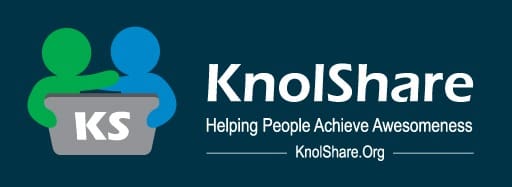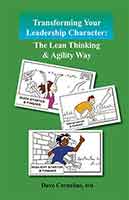Transforming Your Leadership Character Webinar with Project Insight
Over 350 people attended this webinar and actively participated in answering questions and posing questions of their own. Mi Amigo Curtis Gilbert was a guest and offered his insights into the importance of using lean think and agility tenets to enable a sustainable leadership character transformation.
Take a listen to the podcast, the Duration is 50:14.
Watch the April 21, 2016 recorded webinar on the Project Insight web site.
Questions from the participants:
Julia M.: I see Agile and Scrum used interchangeably. What do you see are the differences?
Dr. Dave Response: Agile is the set of core values that encourage the flexible or nimble thinking to inspect and adapt and ensure work is delivered incrementally and sustainably. Scrum is an agile framework that provide methods and ceremonies to allow teams to work together to deliver customer value incrementally and sustainably.
Leigh B.: We typically build business-to-business websites for clients. We use the waterfall methodology. Can you apply agile to website development or is it only for specific products or apps?
Dr. Dave Response: Scrum would be one agile framework to replace your waterfall approach. Many website development teams and companies are using Scrum as an agile framework to meet high customer demands. If you are working with multiple teams with sizes of 50 or more then consider the Scale Agile Framework (SAFe) as an option.
Denise F.: How can a non-visionary person grow into a leader with vision?
Dr. Dave Response: Leadership is a contact experience and requires that you learn by doing. The steps outlined in my book Transforming Your Leadership Character: The Lean Think and Agility Way would certainly help you get there.
Bonnie S.: If time permits, would you have time to give an example of how you use the Kanban Board at home as well?
Dr. Dave Response: Personally, my life is managed by my Kanban board at home. I have four areas of focus, 1) family, 2) community, 3) professional development, and 4) business development. Each one of these areas are discrete rows with a single corresponding set of columns that are “To Do”, “Doing”, and “Done”. Planning a Thanksgiving dinner with your relatives would be an example of one way to apply Kanban for personal use. Moving across the country is an example of another way to apply Kanban for personal use.

